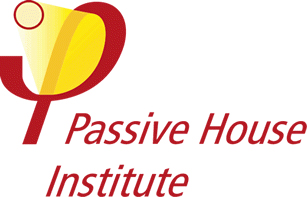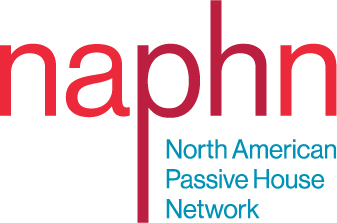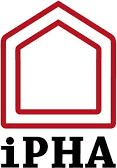 In March of 2015, an article written by PHIUS, titled “An Introduction to Passive House Principles and Policy” was published in the periodical Environmental Law in New York. (here). Unfortunately PHIUS’ explanation to policymakers was incomplete, potentially leaving the reader with false impressions. It largely wrote the international Passive House Institute’s role out of the PHIUS narrative – in developing the Passive House Standard, introducing it to the US market, supporting it and developing it through professional networks and education. The reader could be forgiven thinking that PHIUS stood alone as the only legitimate standard-bearer for Passive House building in the U.S. today. Of course that is not true.
In March of 2015, an article written by PHIUS, titled “An Introduction to Passive House Principles and Policy” was published in the periodical Environmental Law in New York. (here). Unfortunately PHIUS’ explanation to policymakers was incomplete, potentially leaving the reader with false impressions. It largely wrote the international Passive House Institute’s role out of the PHIUS narrative – in developing the Passive House Standard, introducing it to the US market, supporting it and developing it through professional networks and education. The reader could be forgiven thinking that PHIUS stood alone as the only legitimate standard-bearer for Passive House building in the U.S. today. Of course that is not true.
Consequently, to correct the omissions and clarify the a fuller picture for policymakers, the board of NYPH wrote a Letter to the Editor, which was published in the periodical’s September issue. (Reprinted with permission, here.) The article had four stated objectives:
Demonstrate that the Passive House Institute has been, and is today, active and instrumental in the ongoing development of Passive House buildings in the U.S.
Provide policymakers with examples where Passive House has already been adopted by government agencies in the U.S.
Describe a way forward that encourages the most rigorously energy-efficient buildings while discouraging monopolies.
Propose mechanisms policymakers can utilize to encourage voluntary Passive House adoption.
Policymakers, to fulfill their carbon reduction targets should effectively mobilize all players in the Passive House space.
—————————-
Postscript: Since the writing of this Letter to the Editor, NYPH was gratified to see New York State HCR adopt Passive House incentives that allow for certification by PHI or PHIUS. See the NYPH blog post here.

























